The Proper Way to Clean White Clothes
If you want your white garments to look their best after washing, you need to familiarize yourself with the most effective cleaning procedures. You have a lot of options available to you when it comes to washing them, such as making use of bleach or a specialized detergent. In addition, there are other methods available for washing white garments that will not do any damage to them and may be used instead.
How to properly wash white clothes:
- Sort the garments according to color: Separate the whites from the colorful items to prevent color bleeding.
- Make sure you read the warning label: Check the care label on the white clothes that you are going to wash to see if there are any particular instructions.
- Immediately treat stains by: Before you wash the white items, make sure that any stains on them have been pre-treated with a stain remover or laundry detergent.
- Make sure you choose the appropriate temperature: According to the recommendations on the care label, you should use the hottest water possible that is still appropriate for the cloth.
- Add detergent: If you want your whites to stay white, choose a detergent that is designed exclusively for whites, or add some whitening agents like baking soda or white vinegar.
- Take care not to overwork the machine: It is important not to overfill the washing machine since doing so might hinder the clothing from receiving a thorough cleaning.
- To ensure that white clothing are dry: If you can get your white garments to dry in the sun, you should do so since the sun has the ability to naturally brighten and whiten them. When using the dryer, try to avoid utilizing a high heat setting.
Step to washing white clothes:
Step 1: Arrange the Clothes in Color Order
The first thing you need to do before washing white items is to separate them according to hue. In order to prevent color bleeding, it is essential to launder whites and colored clothing in separate loads. This might result in discoloration and make white clothing seem drab and grayish in appearance.
Step 2: Make Sure You Read the Warning Label
It is essential to examine the care label attached to white clothing in order to get detailed instructions before washing white items. Certain white garments may need more care, such as washing them by hand or in water heated to a lower temperature.
Step 3: Pre-treat any stains
Before you wash the white items, make sure that any stains on them have been pre-treated with a stain remover or laundry detergent. This will assist in removing the stain and preventing it from being permanently embedded in the cloth. Be careful to treat the stain using a detergent or spot remover that is appropriate for the particular kind of cloth you are working with.
Step 4: Choose the appropriate temperature
According to the recommendations on the care label, you should use the hottest water possible that is still appropriate for the cloth. A stain may be removed off white clothing and made to seem brighter with the use of hot water. However, take precautions to avoid using water that is too hot, since doing so may ruin some types of cloth.
Step 5: Add Detergent
If you want your whites to stay white, choose a detergent that is designed exclusively for whites, or add some whitening agents like baking soda or white vinegar. These substances may help brighten and whiten white clothing to a more desirable level. Make sure you use the detergent or whitening agent in accordance with the directions on the box.
Step 6: Make Sure the Machine Isn't Overworked.
It is important not to overfill the washing machine since doing so might hinder the clothing from receiving a thorough cleaning. Additionally, if you overload the machine, the garments may get tangled and damaged as a result.
Step 7: White, Dry Clothes Properly
If you can get your white garments to dry in the sun, you should do so since the sun has the ability to naturally brighten and whiten them. White garments may benefit from the sun's ability to eliminate musty smells and improve their appearance. It is important to keep in mind that drying your garments at a high temperature might lead to shrinking as well as yellowing of white items.
Hints & Suggestions
If you want your whites to stay white, don't use bleach on them since it might turn them yellow and other colors.
To get further whitening and refreshing, add a cup of white vinegar to the rinse cycle of your washing machine.
It is best to refrain from putting fabric softener on white garments since it has the potential to turn them yellow and make them less absorbent.
It is important to exercise caution while keeping white clothing, since it is possible for the fabric to discolor or become yellow if it is exposed to light or heat for an extended length of time.
Keep them distinct from the other hues
It is essential to have the ability to sort white garments from those of different hues. When goods are separated according to color, it is possible to use the appropriate water temperatures and the washing and drying procedures that are most effective for each kind of cloth. Keeping your clothing separated protects them from being damaged in a number of different ways, including shrinkage, color bleed, and other types of damage.
Always washing different things in their own cycle is the most fundamental principle of proper laundry maintenance. This is particularly true for clothing that is quite recent. Fabrics of this kind often contain a greater quantity of colour and are more prone to bleeding than other varieties.
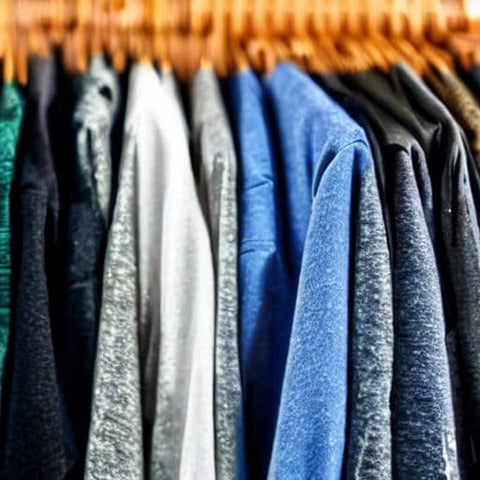
Because lighter colored materials are more likely to get discolored, they should be washed in a separate load than darker textiles. If you wash light and dark items together in the same machine, the lighter clothes may get gray or dirty. When time is of the essence, you may wash all of your garments using the delicate cycle of the washing machine.
It is recommended that you use cold water while washing both bright and dark clothes. This helps to prevent fading and wrinkles, as well as stops the dye from soaking into the lighter garments. Additionally, bright hues tend to be more susceptible to the effects of dark dyes.
In addition to washing your clothing in cold water, you should also allow them to air dry by hanging them outside. This will help you prevent the dreaded lint problem. Last but not least, before you wash your item, you should check the label to make sure it is safe to wash with the detergent you want to use. Wool and polyester are two examples of materials that should not be washed in hot water and instead need the use of cold.
It may take some time and work, but doing the laundry the right way from start to finish, including washing, drying, and folding, will pay you in the long term. You can get the most use out of your closet if you give it a little TLC and pay attention to the very gritty details. And the tag that comes attached to your t-shirts and shirts could even advise you which wash cycle to use depending on the fabric that they are made of.
You may wash them in either warm or cold water
When the time comes to wash your white items, you will need to be aware of the appropriate method to use for doing so. You have access to a wide variety of options, and you should choose the approach that works best for you in particular.
The appropriate kind of water to make use of is going to be one of the most essential pieces of information for you to have. You should also check the care label on the garment and make a mental note of the temperature that is recommended for washing whites on the label.
The climate in your area may have a significant impact on the temperature of the water you wash with, which in turn can have a significant impact on the outcome of the washing process. Some textiles are able to withstand high temperatures, while others are better off being washed in cooler water. You should keep in mind that washing some materials in hot water will ruin them if you are contemplating doing so.
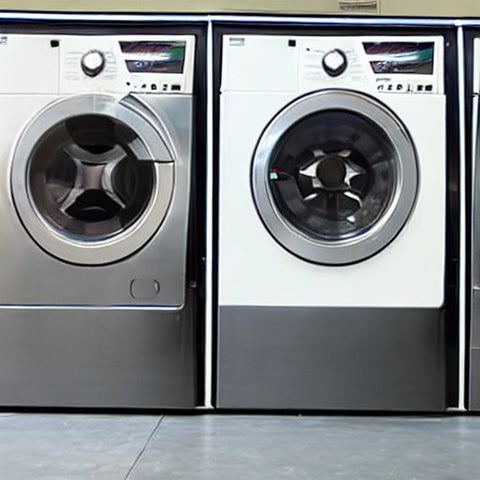
On the other hand, using hot water to remove stubborn stains might be of some assistance. In addition to that, it is known to eliminate germs and lessen smells. In addition to that, it has the potential to enliven the fabric.
In most cases, it is advisable to begin with a wash in either cold or warm water. The right temperature may help you eliminate dirt and stains from your clothing, but this will depend on how unclean the items are.
If you choose to wash your clothing at the appropriate temperature, you will save time, energy, and maybe even money. In addition to that, it will help keep the color of your garments from running or deteriorating.
One other item that should be taken into consideration is the operation of your washing machine. Many of today's machines come equipped with a unique "heavy duty" option that is tailored to the specific needs of cleaning severe wear. These adjustments also provide the greatest results with whites.
You will discover that it is much simpler to get your whites clean and bright when you use either cold or hot water to wash them as opposed to when you are doing other sorts of laundry.
Do not forget to remove stains from white clothing
The removal of stains from white clothing may be a genuine ordeal at times. It is essential to take prompt action and clean the affected area as soon as you can after becoming aware of a stain on a white item of clothing, such as a shirt or jeans.
Using some basic household items, you should be able to remove stains from your clothing. You might, for instance, use a professional stain remover or dishwashing gel to clean the dish.
Vinegar is another option that you have available to you. This cleaning product is fantastic for removing makeup stains, grease stains, and blood stains from clothing. It is attainable in both liquid and powder form, depending on your preference.
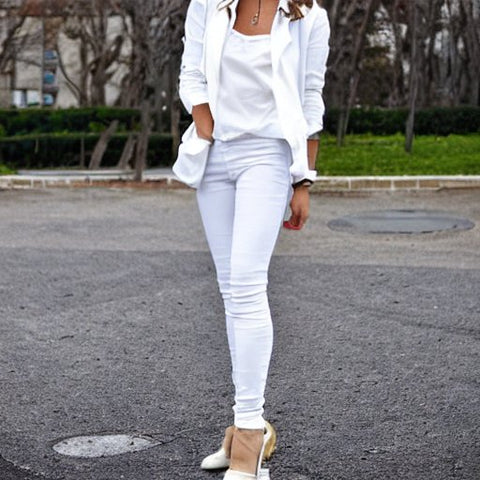
Hydrogen peroxide is another common substance used to erase stains. A touch of salt and some baking soda may be added to the mixture. When combined, the two substances produce a gritty liquid that may be used to treat stains caused by blood and perspiration.
Ammonia is another another powerful agent that may erase stains. Always operate in a well-ventilated location while wearing gloves designed for protection.
Utilizing an enzymatic laundry detergent is a viable option when confronted with a stain that is composed of protein. Applying this detergent to the affected region should be done with the use of a toothbrush.
The use of rubbing alcohol may be of assistance in the process of removing fruit stains. Apply it directly to the soiled cloth and let it rest for a time to see if it helps remove the stain.
When it comes to cleaning persistent stains from white clothes, hot water and bleach are both effective solutions. On the other hand, using this procedure may cause a stain to become more permanent, which will make it more difficult to remove. When you use bleach, use an additional rinse cycle as a preventative measure.
It is also possible to apply a pre-wash stain remover in order to eliminate stains. Use a brush with gentle bristles to apply it to the affected area. After that, submerge the item of clothing in ice water for a few minutes.
There is also the option of soaking the white clothing in a solution made of warm or lukewarm water and vinegar. However, if you are going to remove stains using a product that contains bleach, you should be sure to wear protective clothes and a mask.
They need to be dried in the shade
The sun is an effective disinfectant and bleaching agent. It is able to eliminate dirt, germs, and even stains that are visible. But it may also fade materials. White clothing is more susceptible to losing its color over time. The question now is, what should you do to make sure that you make the most of the brilliant sunlight?
First things first, check to see that your clothing are hung up appropriately. You may use a towel, a conventional drying rack, or a clothesline to dry your garments. On the other hand, it is essential to keep in mind that a towel may soak up water, and that if you hang a large number of towels from a single line, some of them may get wet.
Next, the shade is the optimal setting for drying clothes on a clothesline. This will not only keep your clothing from fading, but it will also help you take in more vitamin D. Getting some fresh air and sunshine may help enhance your immune system, reduce feelings of despair, and provide stress relief. In addition, spending time outside might assist in the burning of more calories.
Putting your garments outside in the sun will not only prevent them from fading, but it will also help them dry more quickly. If you have the space, you can even dry your blankets by hanging them out outside. However, be sure to store them in a location that has enough ventilation. When the sun goes down, you may wish to put them in a ventilated pillowcase or wrap them in a warm towel and then set them in the case.
Last but not least, you need to check your laundry every once in a while. If you leave it out for an extended period of time, it may get discolored and fade. This issue may be mitigated to some degree by drying your whites in the shade.
Investing in a drying rack of good quality is the method that will achieve this goal most effectively. You may select from a few different sorts, and although they are all durable, some are more so than others.
For instance, you may get a drying rack that folds up so that it can be brought inside. You also have the option of purchasing rotating clothes lines, which allow you to hang your garments in the center of the line.
Options that do not involve bleaching
When it comes to cleaning white garments, there are a variety of alternatives to bleach that you may use. The most effective method for achieving this goal is to attentively read the directions. This will assist to protect your clothing from being damaged in any way.
Vinegar of white color is yet another excellent bleach substitute. Since it is acidic, using it on your white garments can help brighten them up. In addition to that, it is economical and risk-free to utilize.
One more bleach-free option that is safe for the environment is oxygen bleach. It may either be found in liquid or powder form, but either one is superior in terms of its cleaning power.
The use of lemon juice as a substitute for bleach is also highly recommended. In contrast to chlorine bleach, it is made from natural ingredients. Additionally, due to the acidic characteristics that it has, lemon is a great stain remover.
The use of borax as a substitute to bleach is also possible. Borax is a mineral that is found in its natural state. A paste may be made by combining it with water in the appropriate proportions. After applying the paste to the stains, you should wait around thirty minutes before washing the item.
Baking soda is an alternative to bleach that is both more affordable and more efficient. Baking soda may be used in the laundry to help eliminate stains as well as lime scale if it is used.
The use of hydrogen peroxide is another excellent alternative to bleach. It will function to whiten your garments when it is introduced to the washing machine and used for that purpose. However, it may cause the skin to become irritated in certain people.
The sun is another another choice for a product that does not include bleach. The sun's UV rays may help disinfect your clothes, however they may not be as effective as hydrogen peroxide in doing so.
Bleach is a very effective disinfectant. Despite this, there is evidence that it has negative impacts on the surrounding ecosystem. Bleach has the potential to cause skin irritation, coughing, an increase in respiratory difficulties, and damage to a variety of fish species.
If you want to clean your white garments without using bleach, there are a few different options available to you that are safe, natural, and kind to the environment. You are cautioned to read the directions carefully before beginning to use them in order to prevent any mishaps.


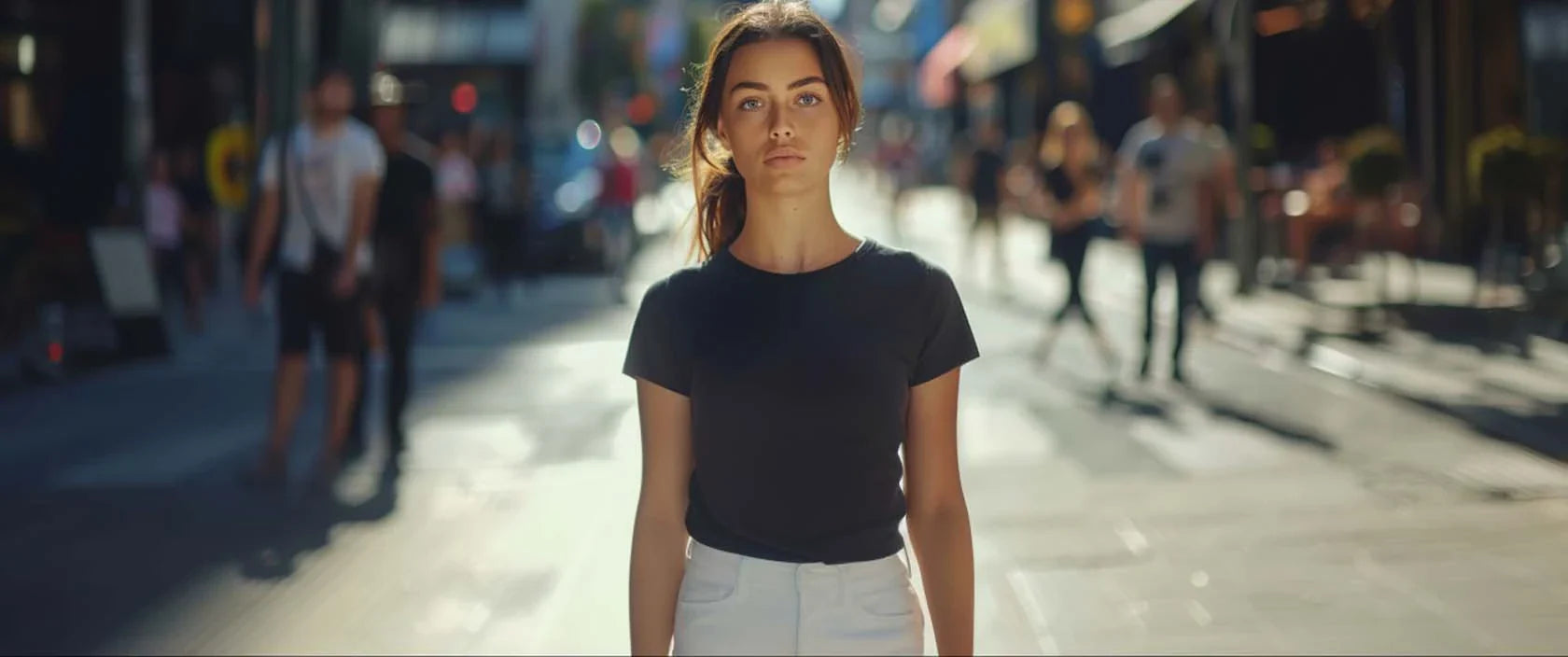

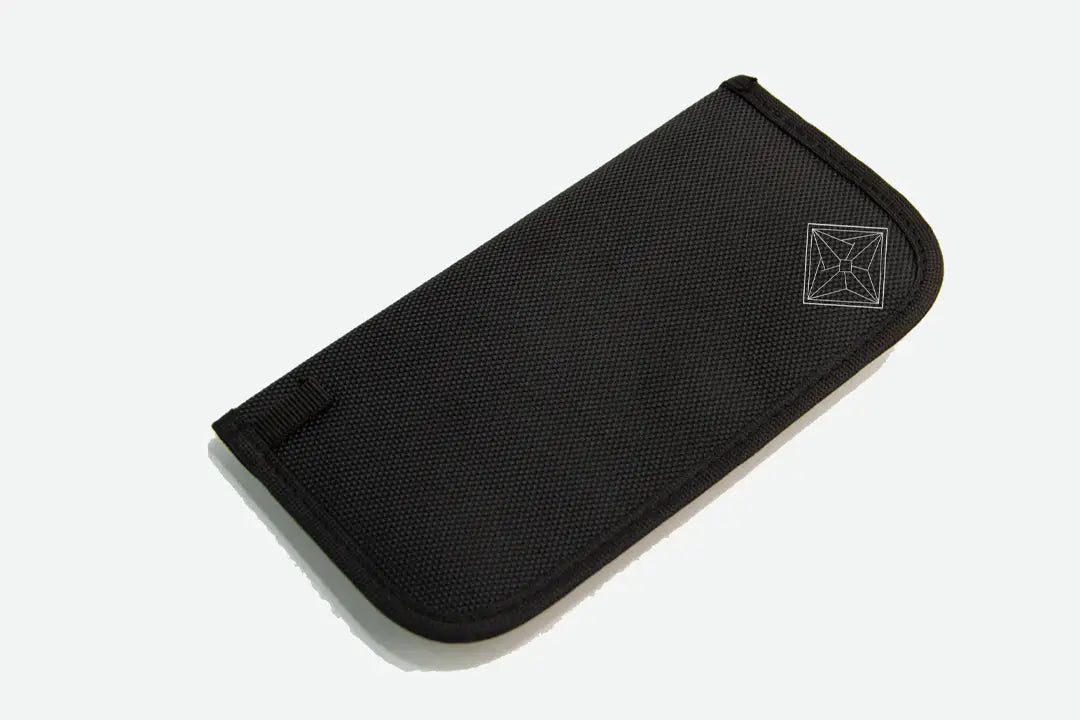


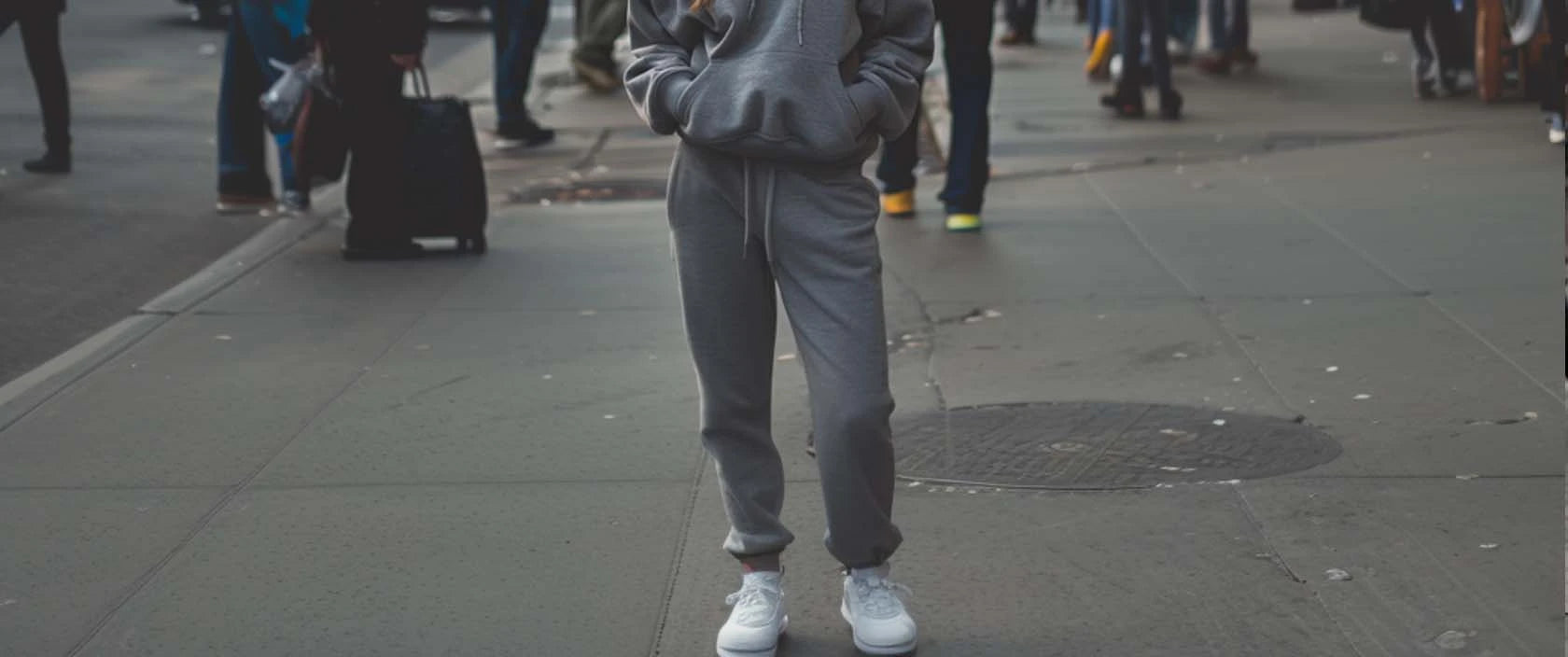















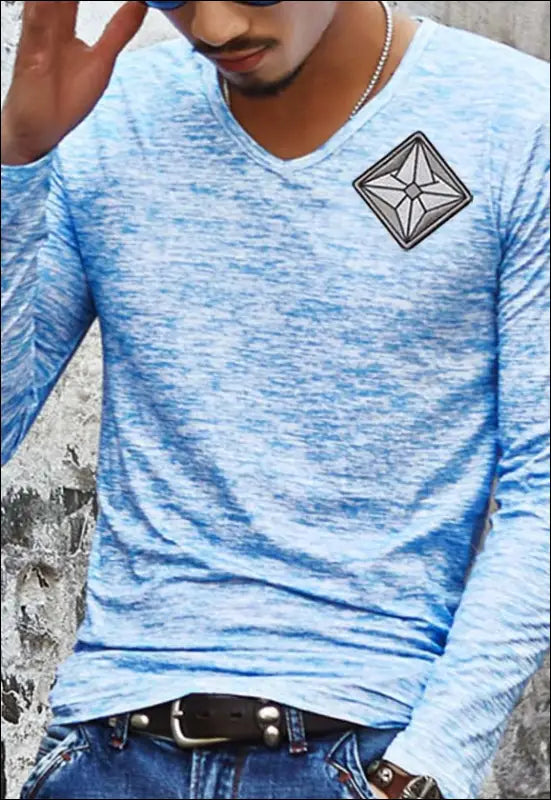
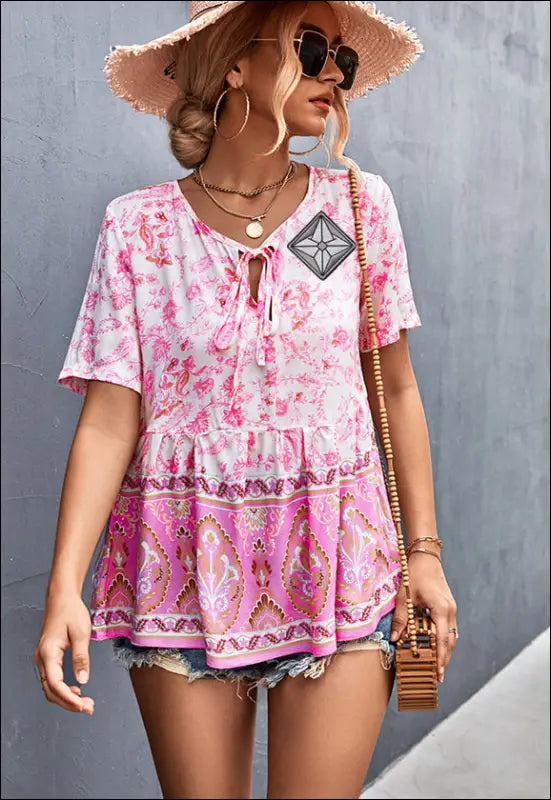
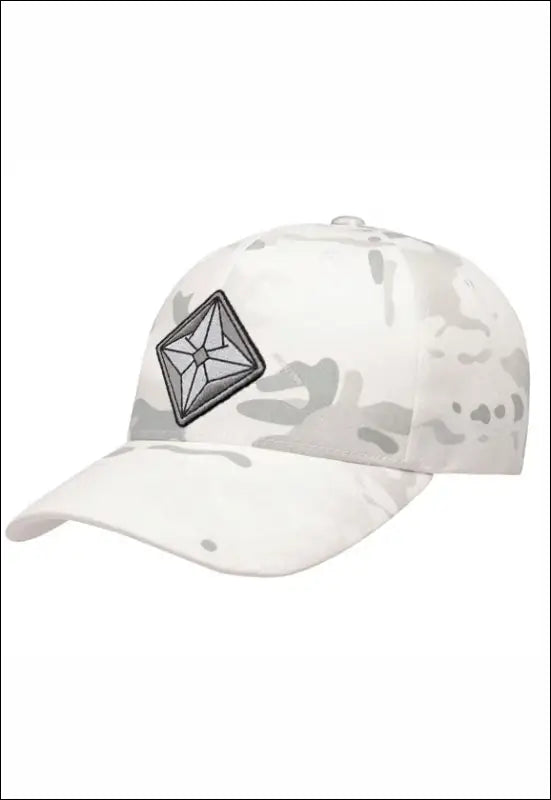







Leave a comment